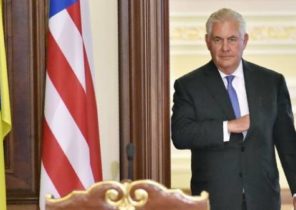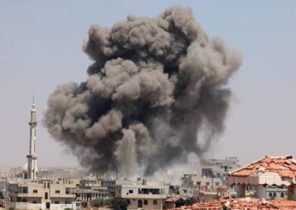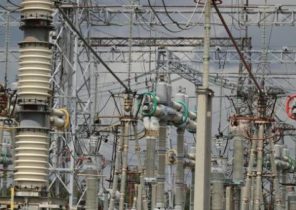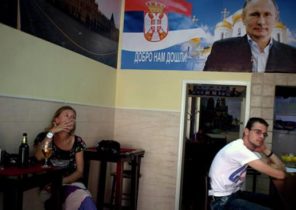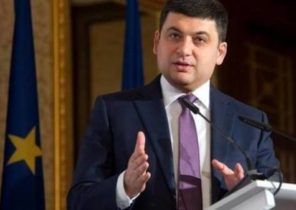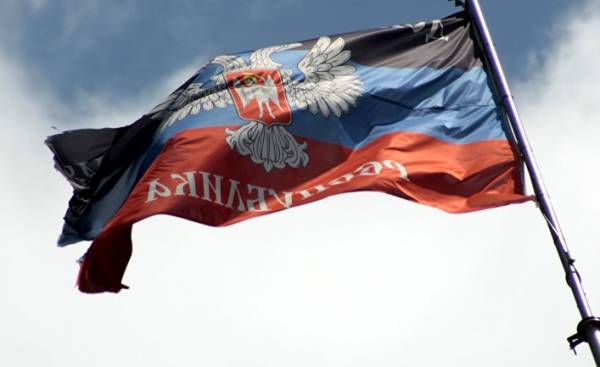
After the active phase of the civil war in Ukraine, which began in 2014, between the Kiev administration and the Pro-Russian groups were provided a new truce. The crisis in Ukraine, which emerged in 2014, has further deepened after the annexation of Crimea by Russia, and in the city of Donetsk, located on the East of the country, began to be a major collision. While tensions in Donetsk gradually provoked a new crisis in relations between Russia and Ukraine, clashes between the Ukrainian army and Pro-Russian groups from time to time became more and more violent.
In the past three years the tensions of Russia and Ukraine also affected the situation in the region. The Ukrainian army, conducting operations against Pro-Russian groups in Donetsk and its surroundings, tried to establish control over the region. By the end of 2016 clashes, which lasted for a long time, began to wane. In December 2016, with the support of the OSCE announced its decision about a truce on the occasion of new year and Christmas holidays. After the armistice, which came into force on 24 December last year, tensions in the region began to decline. But after the fighting resumed on 29 January, the parties again began negotiations for a new truce. Pro-Russian groups, who made a statement following the negotiations initiated with the aim of halting the clashes, reported on progress with the Kiev administration of the new agreement on a cease-fire.
Ukraine humanitarian crisis
Experts say that negotiations to resolve the crisis in Ukraine, ongoing since 2014, are on a very fragile basis. An expert on the problems of the Caucasus and the Russian Center of Humanities and social studies (INSAMER) Caliskan Burak (Burak Çalışkan) in a statement on this subject draws attention to the fact that with the ceasefire the crisis in Ukraine has been temporarily frozen. It is noted that the decision on the ceasefire was declared after the further aggravation of the humanitarian crisis in Donetsk. About this decision of Caliskan says: “on March 5 at Ukraine, between Donetsk and Luhansk people’s republics (as they are called Russia and the militias) and the Ukrainian army was provided cease-fire. Although beginning in 2014 from time to time declared a ceasefire and to establish permanent peace is not possible. This is primarily caused by the fact that Russia supported militias in order to ensure their dominance in the country. We know that the last three months in Eastern Ukraine remains extremely serious humanitarian situation. According to coming from the region information, the initiative to ensure the truce took over the Donetsk and Lugansk”.
“In Ukraine, the frozen crisis”
Caliskan believes that Russia intends to strengthen its position in Ukraine. “The cease-fire definitely will provide some calm in the region for a while. But any permanent truce, however. As in many other countries in the period after the cold war, Russia has created frozen the problem in Ukraine. This frozen problem will ensure the sustainability of Russia’s influence in this country.”
At the summit in Minsk a truce was declared
Talks aimed at resolving the Ukrainian crisis, have been carried out earlier, with the support of the member countries of the EU. At the talks held in February 2015 in Minsk, with EU support, the leaders of Russia, Germany, Ukraine and France also discussed the issue of ceasefire. In the negotiations, supported by German Chancellor Merkel and French President Hollande, took part the President of Russia Putin and President of Ukraine Poroshenko. The results of this meeting, the parties agreed on the withdrawal of heavy weapons. The Ukrainian army agreed to withdraw heavy weapons from the contact line region controlled by the separatists. In turn, the separatists have also decided to retreat to a distance specified in the armistice agreement. But the decision on the truce did not give a positive effect towards the final settlement of the crisis.
